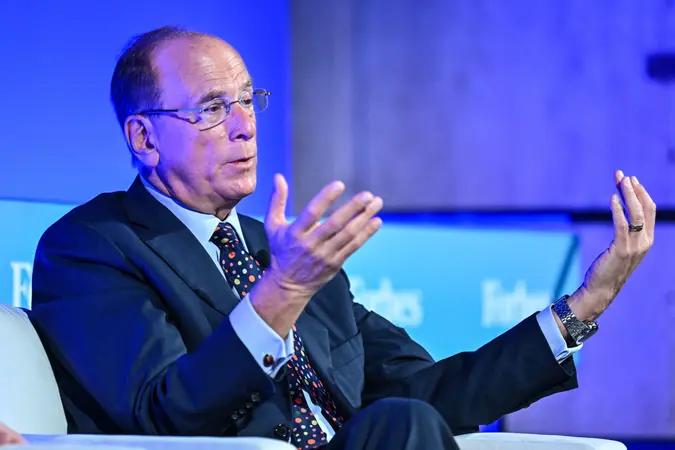Stock Investors Also Watch the Bond Market — Here’s Why You Should, Too

Commitment to Our Readers
GOBankingRates' editorial team is committed to bringing you unbiased reviews and information. We use data-driven methodologies to evaluate financial products and services - our reviews and ratings are not influenced by advertisers. You can read more about our editorial guidelines and our products and services review methodology.

20 Years
Helping You Live Richer

Reviewed
by Experts

Trusted by
Millions of Readers
On the surface, stock and bond investments don’t seem to have much in common.
Stocks represent ownership in companies and can be exciting to invest in, as their shares prices trade up and down second by second and they offer the potential for big capital gains over time — or, occasionally, over the short-term, as well.
Bonds, on the other hand, are essentially loans to companies, “boring” investments that make regular interest payments and return principal at maturity.
But the way these two types of investments interact on a daily basis is nothing short of fascinating. Understanding what the bond market is saying can actually make you a better stock investor. Here’s how.
Why the Bond Market Is Important to Stock Investors
Even if you have a portfolio that’s 100% devoted to stocks, it pays to keep an eye on how the bond market is trading. This is because the bond market is directly tied to economic conditions and other variables that also affect the stock market. Here are the primary factors.
Interest Rates
Interest rates are the single most important factor determining the value of any bond. The immutable law in the bond market is that when interest rates go higher, bond prices fall. This is definitely something you want to take note of as a stock investor, because higher interest rates aren’t good for stocks, either.
Higher interest rates mean higher costs for companies, which typically reduces profits — and share prices. For those reasons, when bond market interest rates go higher, it’s usually a negative sign for stocks.
General Economic Health
The bond market is acutely sensitive to the economic health of the economy. In fact, it’s usually used as a leading indicator for the state of the economy, according to S&P Global. This means that changes in bond prices tend to occur before economic conditions actually change.
One commonly cited example is an inverted yield curve. Normally, long-term interest rates, say in the 10- to 30-year range, are higher than short-term rates, in the zero- to two-year range. But when economic conditions deteriorate — or investors anticipate they will — the yield curve may invert, pushing short-term rates above what you can get on long-term bonds.
While far from a perfect indicator, this tends to happen before recessions, in which the economy contracts. As a recession can cause significant damage to stock prices, it behooves equity investors to take note of this warning.
Market Imbalances
When bond yields get too high, this can be a troubling sign for stock investors — and not just for the economic conditions they may be reflecting. Investors only have a finite amount of capital they can invest.
As stocks are inherently riskier than bonds, investors demand a risk premium to invest in them. Thus, when bond yields get too high, especially for U.S. Treasury securities, they take money away from the stock market. What level is “too high,” of course, can vary from investor to investor. But generally speaking, when essentially risk-free returns on U.S. Treasuries top 5%, they become tremendous competition for the stock market.
What You Should Do
You don’t have to become an expert on bonds to get insights from the bond market. Most of what you’ll need to know is discussed daily on the financial news channels. Here’s what you’ll want to keep your ears open for:
- The 10-year U.S. Treasury yield: This is a commonly watched market indicator, as it’s used as a benchmark for many types of loans. What you’ll want to pay attention to is both the absolute yield of that bond and the direction that rates are moving, up or down.
- Listen to the Fed: The Federal Reserve sets the federal funds rate, which determines how much banks charge each other for overnight loans. While that aspect of the fed funds rate isn’t essential, the direction of those rates is, as they indirectly impact bond yields and market interest rates across the board. When the Fed is raising rates, it can hurt stock prices. Lowering rates, on the other hand, tends to give stock prices a boost.
- Consider the opportunity cost: Anytime you are buying one investment, you are choosing it over all other options. Even if you’re a die-hard stock investor, always ask yourself if you’re being compensated for the risk you’re taking owning stocks vs. essentially risk-free U.S. Treasuries, particularly when interest rates are high.
 Written by
Written by  Edited by
Edited by 


























